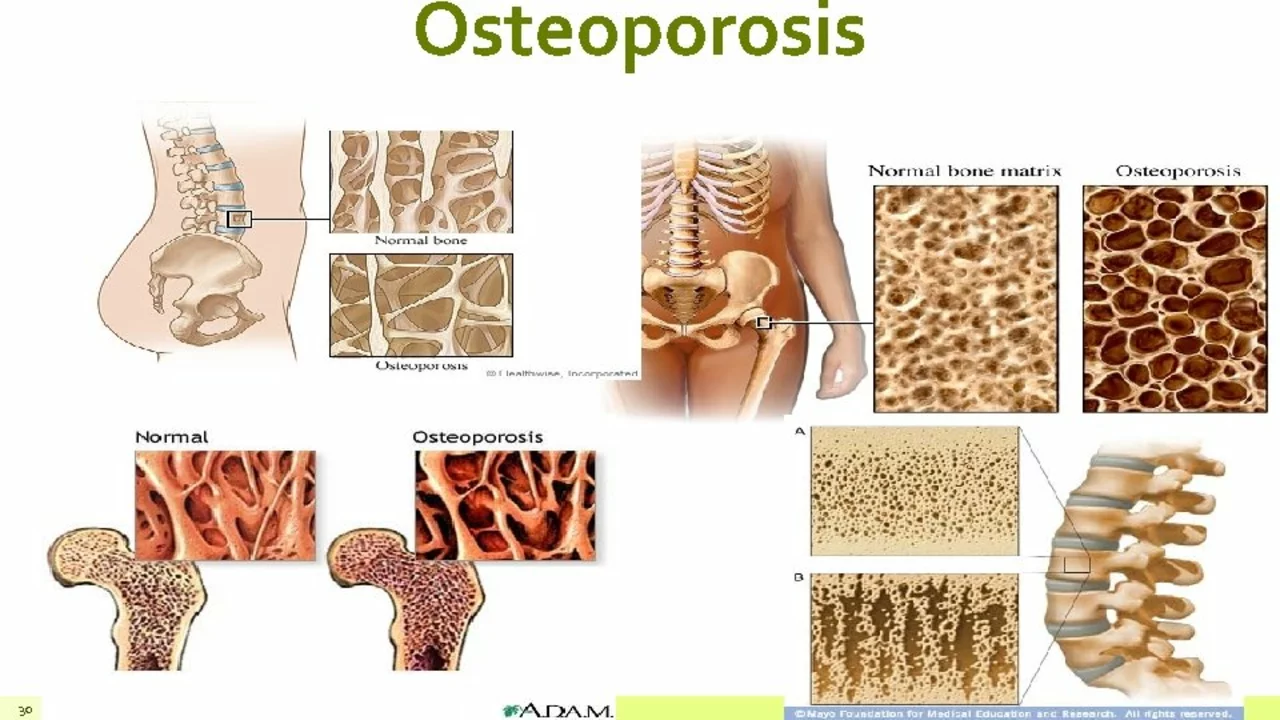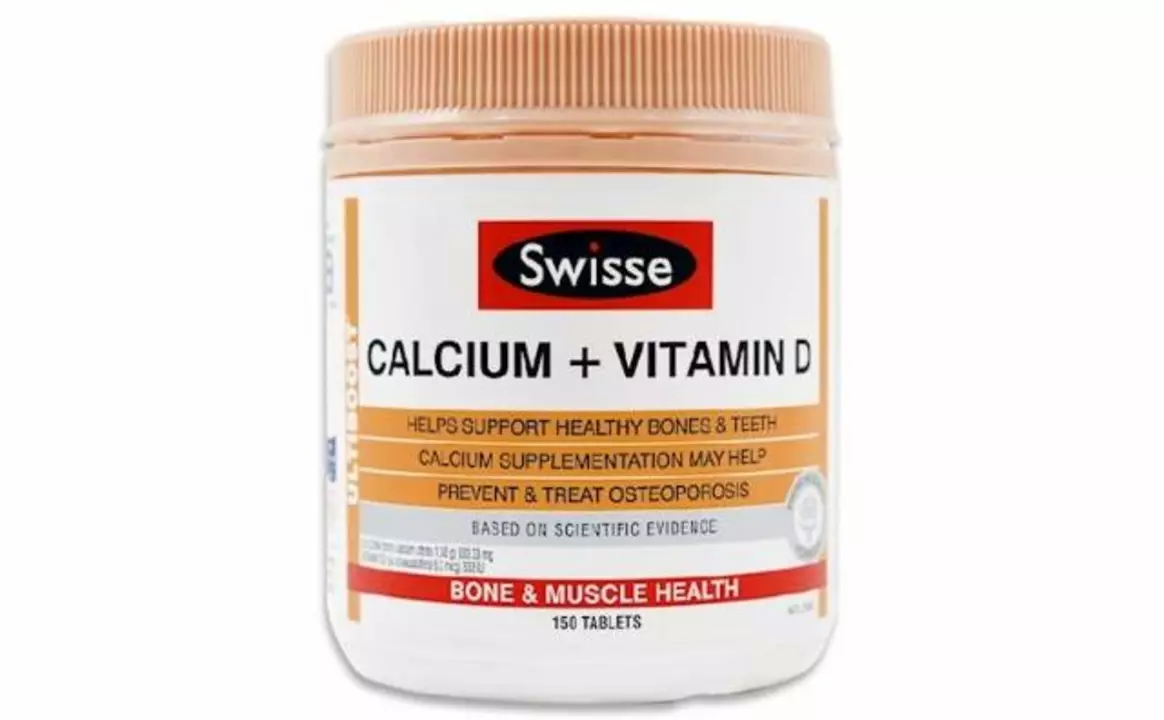Osteoporosis Prevention: Easy Steps to Stronger Bones
If you’ve heard the word osteoporosis and thought it only affects seniors, think again. Bone loss can start early, but the good news is you can slow or stop it with everyday choices. Below are practical moves that fit into a normal routine – no fancy equipment required.
Eat Right for Bone Strength
The foundation of healthy bones is nutrition. Aim for 1,000 mg of calcium daily if you’re under 50; increase to 1,200 mg after that. Dairy products, fortified plant milks, leafy greens like kale and bok choy, and almonds hit the target without a hassle.
Vitamin D works hand‑in‑hand with calcium, helping your gut absorb it. Sunlight for about 10–15 minutes a few times a week usually does the trick, but if you’re indoors most of the day, a 600–800 IU supplement keeps levels in range.
Don’t forget magnesium and vitamin K2 – both play a part in bone mineralization. A handful of pumpkin seeds or a serving of fermented foods such as sauerkraut can boost these nutrients effortlessly.
Move Your Body to Protect Bones
Weight‑bearing activities are the gold standard for bone health. Walking briskly, jogging, dancing, or even gardening with a shovel all create the stress bones need to stay dense. Try 30 minutes most days; split it into shorter bursts if that feels easier.
Strength training adds another layer of protection. Simple moves like squats, lunges, and push‑ups using your body weight can be done at home with a chair for support. Aim for two sessions per week, focusing on major muscle groups.
If you’re new to exercise, start slow. Even a 5‑minute walk after dinner builds habit, then gradually lengthen the route. Consistency beats intensity when it comes to long‑term bone health.
Beyond diet and movement, lifestyle tweaks matter. Smoking narrows blood vessels that deliver nutrients to bone tissue, while excessive alcohol (more than three drinks a day) interferes with calcium balance. Cutting back on both can add years of stronger bones.
Fall prevention is another hidden pillar. Keep floors clear of cords, use non‑slip mats in the bathroom, and make sure your lighting is bright enough to spot obstacles. A sturdy pair of shoes with good grip reduces slip risk dramatically.
Finally, schedule a bone density test if you have risk factors – family history, early menopause, or long‑term steroid use. Knowing where you stand lets you and your doctor fine‑tune prevention plans before any damage occurs.
Putting these steps together doesn’t require a complete life overhaul. Small daily choices add up, giving you a sturdier skeleton for years to come. Start with one change today – maybe adding a glass of fortified almond milk at breakfast or taking a short walk after lunch – and watch your bone health improve over time.


